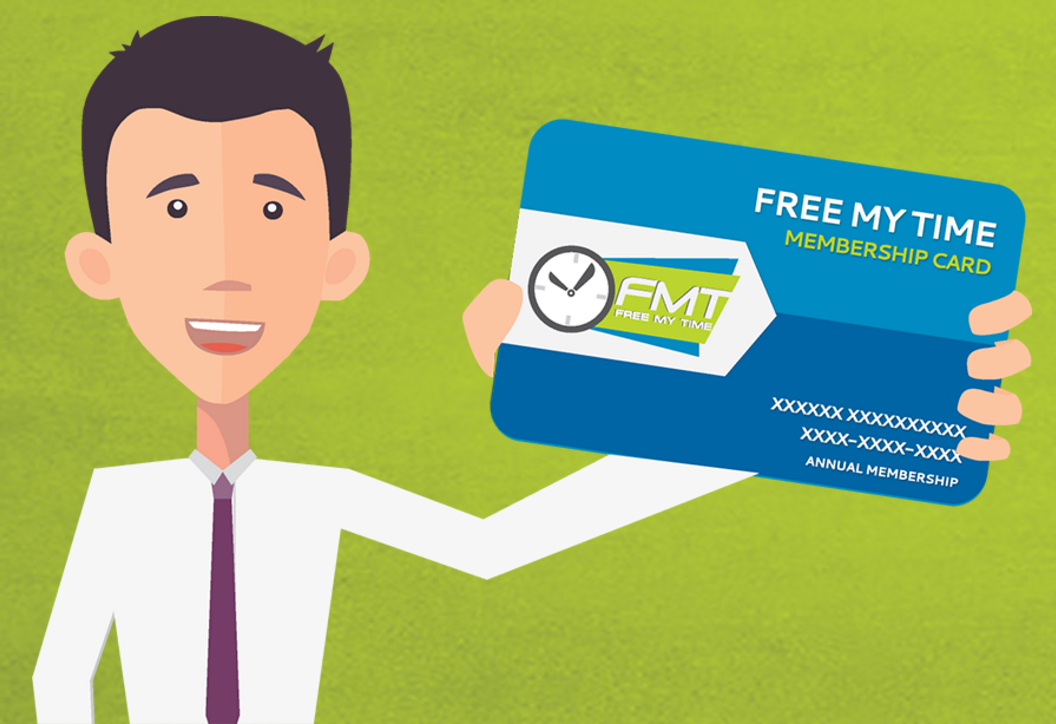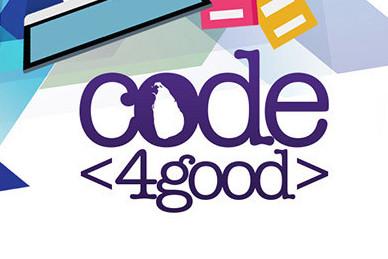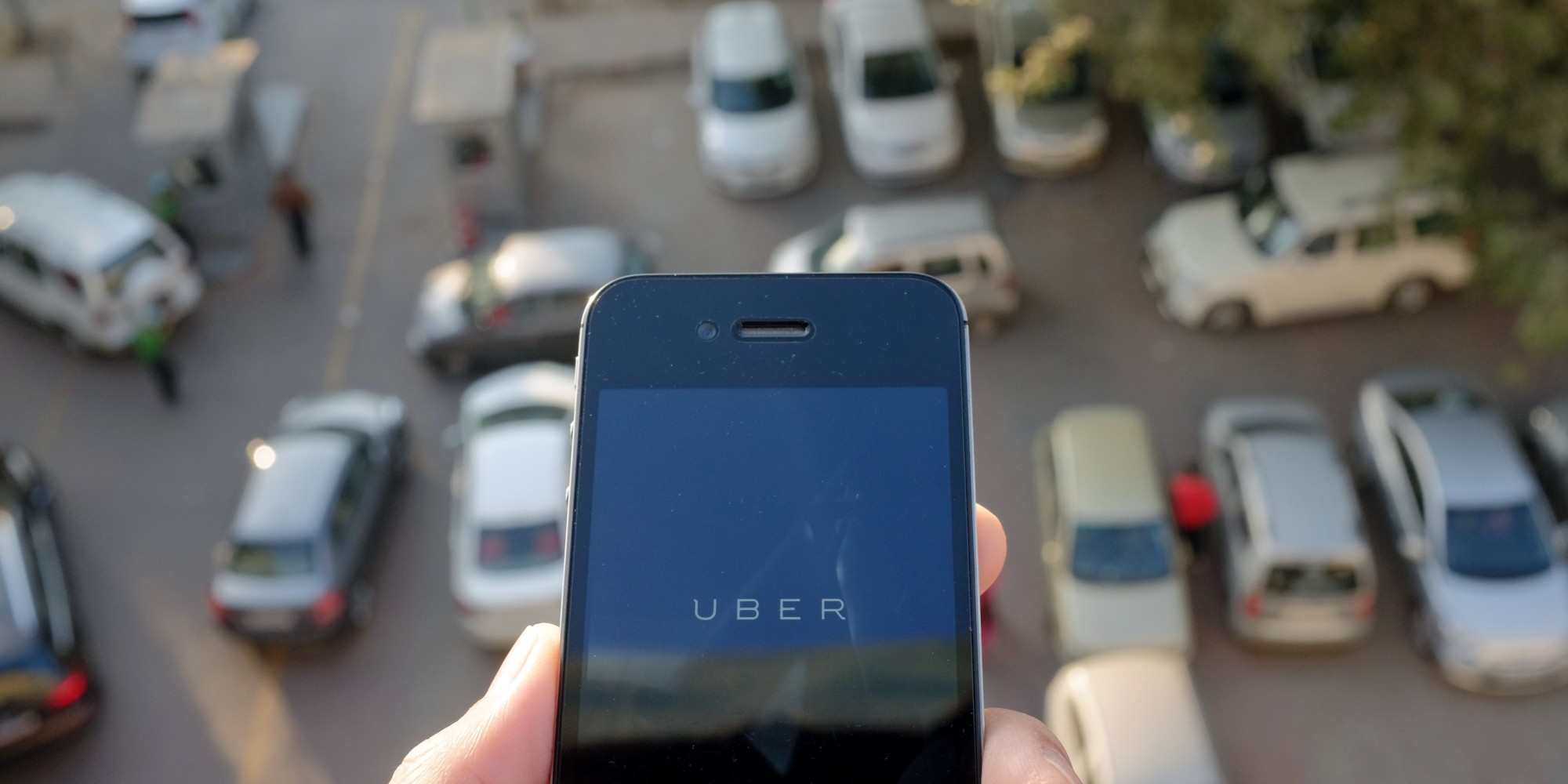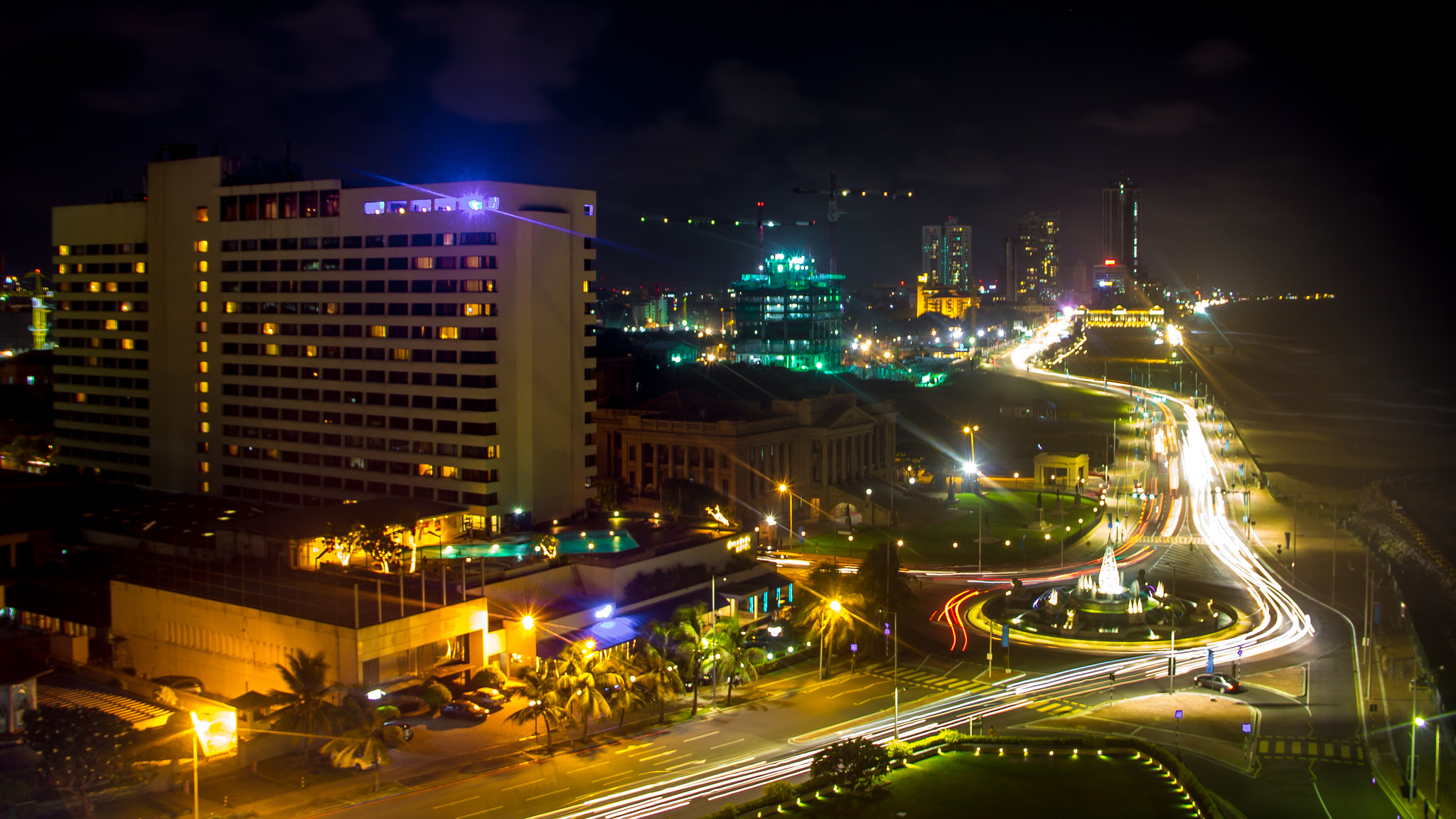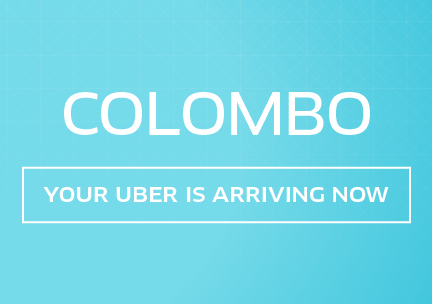
Last year, word was going around that Uber, the San Francisco based startup, was entering the Sri Lankan market and behold – turns out it’s true. Uber is officially launching in Colombo today (22nd Oct). Estimated to be worth a hefty $50 billion, Uber is a startup that’s evolved into a global entity with a presence in 340 cities in 60 countries (including 65 cities across 13 countries in Asia).
Roar was able to catch up with Uber’s Launcher for Colombo, Varun Mundkur, for a brief chat.
What we learnt
Uber, to start with, is going to be operating within the confines of Colombo. This will include Greater Colombo with an upper-limit reaching out to Katunayake Airport and back, with the other borders of their service radius being Peliyagoda, Kaduwela, Polgasowita, Bandaragama and Panadura.
Pricing in Colombo
The prices below seem higher than the market rate for cabs, but given the convenience and comfort, are they justifiable?
Types of Cars
Uber features a decent fleet of cars for Colombo, so far. Mind you, they don’t have Maybachs or Stretch-Limos (yet?) but they do let you pick from a pool of cars that include Toyota Allion, Toyota Prius, Toyota Axio, Nissan Bluebird, Honda City and Mitsubishi Lancer.
Signing up
To sign up for Uber, you need a functioning phone number and a credit/international debit card, seeing as ‘cashless’ is one of the premises that they’ve built the service on.
Uber is not something that’s limited to a particular platform. So if you’re not on an Android or iOS device, you can still access uber’s services through their mobile portal. Uber also has a very descriptive video which covers their basics.
What happens when you need a ride
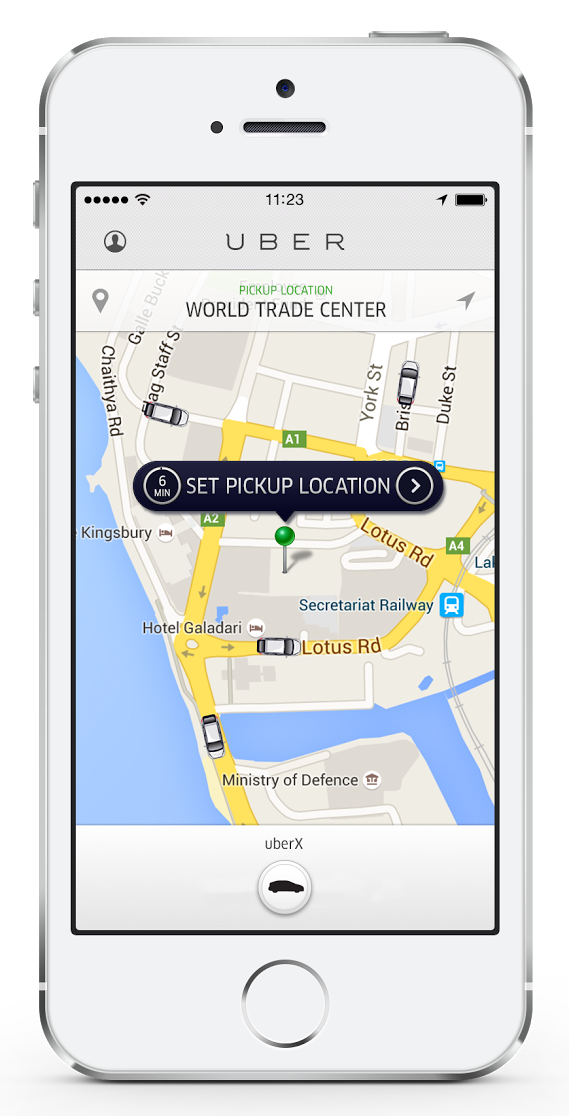
Requesting a ride is a one tap process with Uber. You don’t need to spell out directions (try doing this after a couple beers!) or stand in shady street corners waiting for a cab. Once you request a ride, the app gives you the ETA of your ride, and also the license plate number, type of vehicle and the driver’s information, including their aggregated rating (more on that later).
The app also gives the rider the means to contact the driver via a phone call or a text message.
Once you request a ride the driver nearest to you is alerted, provided they accept the booking request. Your name, contact number and pickup location is sent to the driver through the driver portal of the Uber app, which means the driver knows exactly where to pick you from.
Some cool features
Uber operates with simplicity in their mind, so when you get into your ride, you will find that your driver is already informed of your destination.
The integration of credit/debit cards also means that there’s zero interaction with the driver once you get to your destination. You just get off the car and the app takes care of the rest including sending out an email of the receipt.
Uber features Share My ETA, a function in the app that allows you, the rider, to share your estimated time of arrival and specific route with friends or family so they can keep a tab on where you are.
There is also Split Fare, say for instance you share a ride with a friend who also uses Uber, with Split Fare you get to split your fare (literally) 50-50.
Uber also features something of a double edged-sword: the ability to rate, and this applies both ways. The driver gets to rate the rider just as the rider gets to rate the driver. It’s an interesting concept in terms of customer service. These ratings are then used to deem if a driver or a rider gets to keep using the Uber platform. Ratings too low? Oops, you might find that you are barred from using the system.
Additionally, every Uber ride is insured, giving you the added comfort of knowing you’re covered if something were to go wrong.
Why Uber is good for Colombo
Colombo roads are congested as is, and with the introduction of Uber, there is a possibility that the under-utilized cars in the city might be put to good use. Much like the carpooling concept that’s in effect with services such as road.lk, Uber might convince people to optimize how they use their cars, thus reducing emissions and fuel usage overall.
One downside to Uber is its heavy dependence on the app/web portal to initiate the service. Your phone could freeze up, the battery could die or you could simply run out of data, and you will find yourself Uber-less, so to speak.
Signing up as a driver
In case you’re interested in becoming a driver with Uber, you can go here. Becoming a driver isn’t all that easy though, because in addition to going through their training process, you are also required to have a valid driver’s license, registration for your vehicle, insurance covering driver plus four passengers, a national Identity card and a revenue certificate.
It is also worth mentioning that Uber maintains electronic copies of driver credentials on file as an added measure of security. With all these measures in place, it’s still best that both riders and drivers behave themselves (don’t do anything you normally wouldn’t do in a taxi) and be vigilant when using the service. Just because Uber is traceable and they are big on accountability does not mean that you should throw caution to the wind.
Uber Promo
Uber also has a special introductory promo going on at the moment – signing up before the 15th of November and entering the promo code UBERINCMB will entitle you to two free rides worth Rs. 500 each.
When all’s said and done, what kind of an impact will a player like Uber have in the local transportation ecosystem? The competition alone should (hopefully) amp other service providers to step up their game. Either way, here’s to hoping that the commuters end up being the ultimate beneficiaries.




